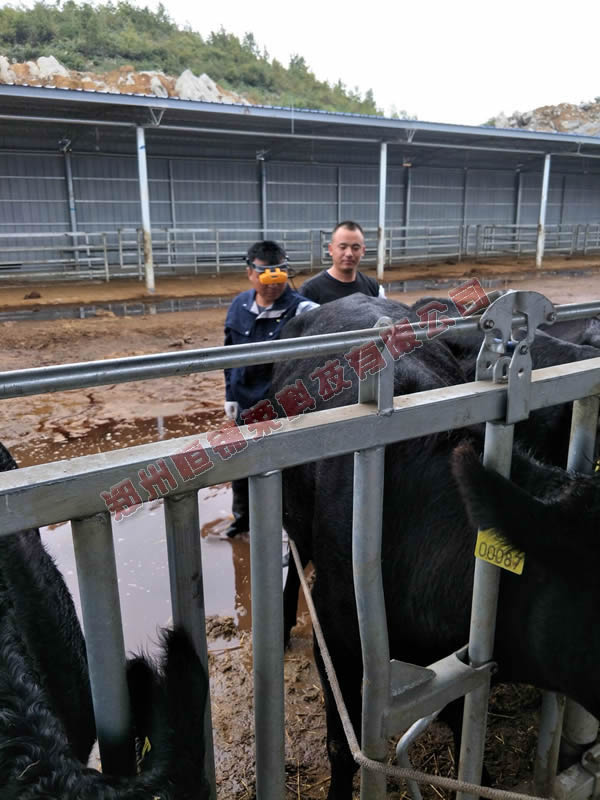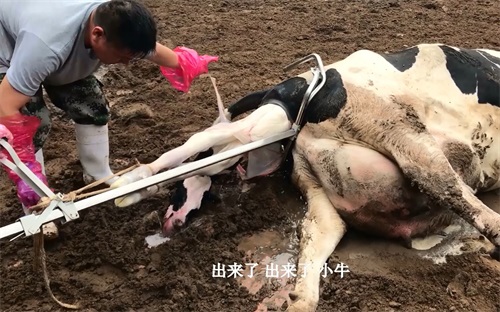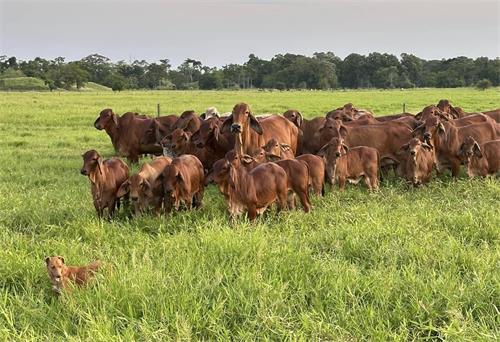The stillbirth of cows is a type of reproductive disorder that is influenced by multiple factors. A high stillbirth rate in dairy cows not only affects milk production, but also increases the cost of dairy farming, causing serious economic losses. Cattle farms should regularly use imported cattle and B-ultrasound to observe the fetal development of cows, which can effectively prevent stillbirth of cows.

Observation of fetal development in imported cows using B-ultrasound
When cows are pregnant for 46-50 days, the heart area of the carcass can be distinguished on imported Cattle Ultrasound images. If the sample is an isolated uterus and the fetus has died, fetal heartbeat cannot be observed. This may result in a delay in the pregnancy time when the heart area can be observed. In addition, the observable heart area is a liquid dark zone with a small amount of strong echo spots interspersed; It can distinguish various ventricles, valves, and their fluid echoes, but the overall heart area is more obvious.
Observation of imported cow fetal bones using B-ultrasound:
Cows are pregnant for 41-45 days, and the contour of the carcass is basically clear;
After 46-50 days of pregnancy in cows, the partial skeletal reflex of the fetus gradually increases, revealing the inherent contours of the bones and carcass;
The earliest skeletal structure to appear in cows during 46-50 days of pregnancy is the head and spine;
Cows at 56-60 days of pregnancy have a carcass length of approximately 6.2cm, with clear bone marrow and facial bones in the head, clear contours in the eyes and nose, and relatively weak echoes;
Cows are pregnant for 61-65 days, and the fetal contour is clearly visible. The cranial cavity is a dark echo area, and the vertebrae and some ribs have strong echoes, which are clearly distinguishable. The echo intensity of the hooves and limbs is significantly different.








